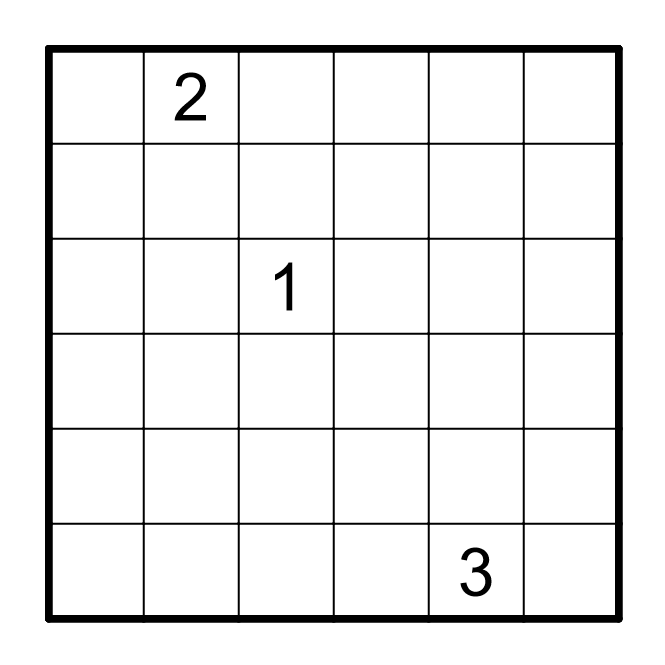Here's an image of my solution:

Edited to add simpler explanation:
Since there are no dots anywhere in the grid, some basic starting rules are:
A 1 can only be next to a 3, 4, 5 or 6
A 2 can only be next to a 5 or 6
A 3 can only be next to a 1 or 5
A 4 can only be next to a 1 or 6
A 5 can only be next to a 1, 2 or 3
A 6 can only be next to a 1, 2 or 4
Now let's imagine:
the row with a 1 in the left-most column. If the next cell to the right is a 5, then the next cell could be a 2 or 3. If it's a 3, however, there are no possibilities for the 4th column. So it would need to be a 2. If it's a 2, then the rest of the row would follow as 6, 4, 3. But then a 4 would be adjacent to a 3. So either way the 1 cannot be followed by a 5.
Similarly if the cell next to the 1 is a 6, it would have to be followed by a 4 (which closes the loop), or by 2, 5, 3, and 4 in that order. Again we reach a contradiction. So a 1 cannot be followed by a 6.
Therefore:
all rows in the grid must be some cyclic permutation of 135264 or 146253 (note the latter is just the reverse of the former).
Trying the first option, the first, third and sixth rows would be 526413, 641352, and 264135. But then the gap between the 2 and the 4 in the second column couldn't be filled by 6, so this is not the correct order.
Instead we try the other permutation. The first, third and sixth rows are 625314, 531462, and 462531, respectively. The rest of the grid fills in accordingly to produce the solution pictured above.


